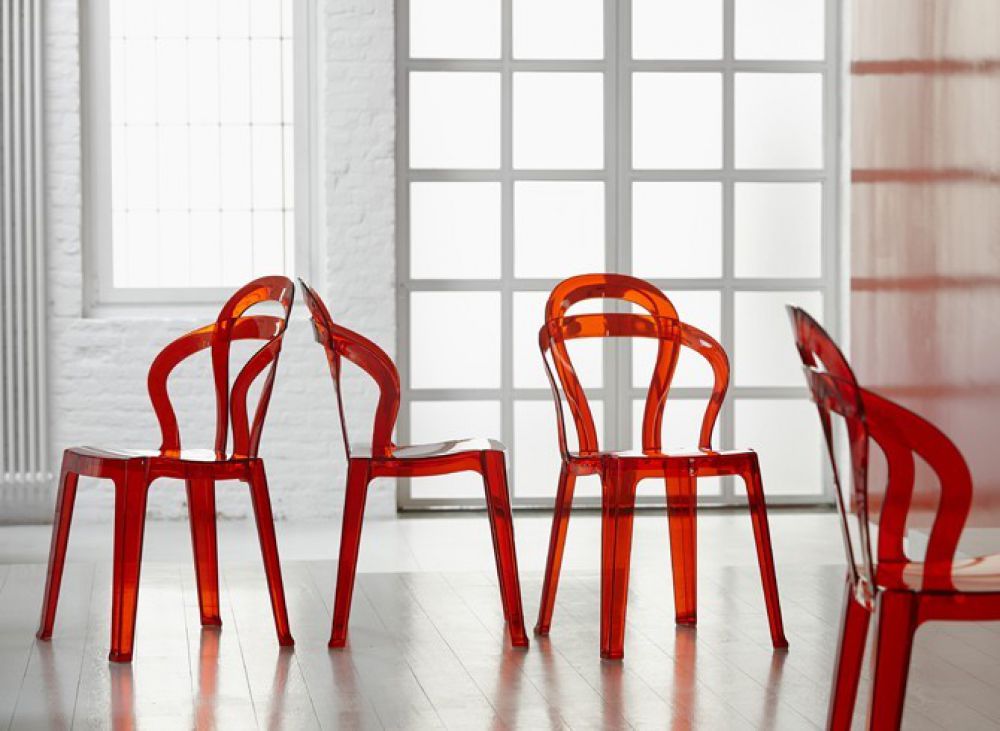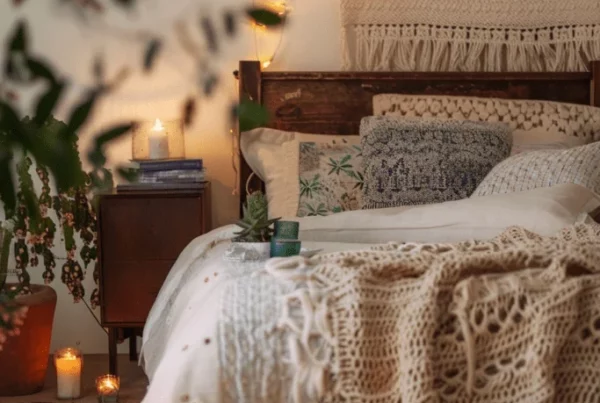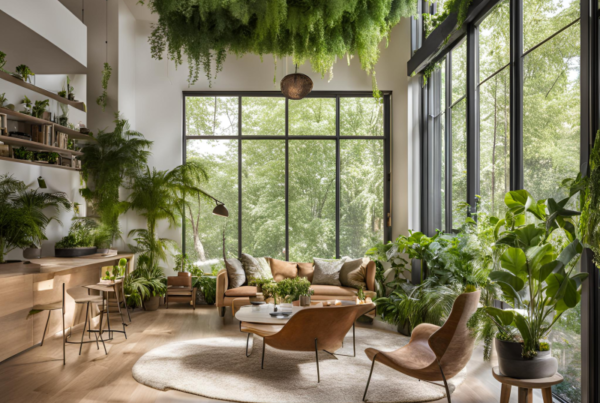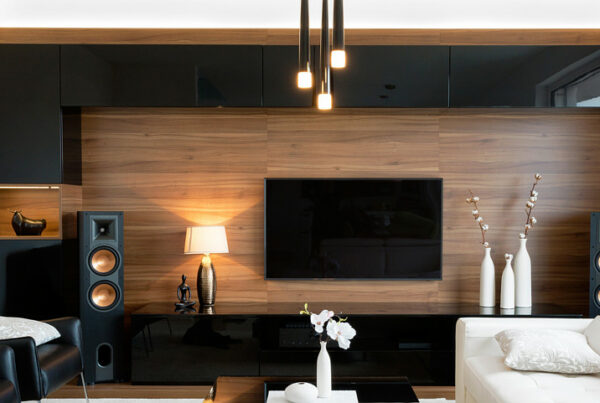Table of Contents
Revolutionizing Aesthetics: A Deep Dive into the Innovative World of Scab Design
In the realm of furniture design and manufacturing, few brands have made an impact as significant as Scab Design. Synonymous with innovation, quality, and aesthetics, this Italian brand has been revolutionizing the industry for over six decades. This article takes a deep dive into the rich history, innovative production, and impressive product range of Scab Design.
The Birth of a Design Powerhouse
Scab Design was born in 1957 in the heart of Italy, a country acclaimed for its art, fashion, and design. Francis and Mary Scab, the visionary founders, believed in the power of design to transform everyday objects into works of art. This belief became the cornerstone of Scab Design, driving the brand to consistently push the boundaries of aesthetics and functionality.
Innovative Production: The Scab Design Way
Scab Design’s main production revolves around creating furniture that is not just visually appealing but also durable and eco-friendly. The brand utilizes advanced technologies and high-quality materials to achieve this. For instance, Scab Design was one of the first companies to use gas injection technology in furniture production, a technique that enhances durability while reducing material usage.
Categories and Sub-Categories: A World of Choices
Scab Design’s extensive product range is divided into several categories and sub-categories to cater to diverse needs and preferences. These include:
- Indoor Furniture: This category features chairs, stools, tables, and armchairs designed for indoor use. Each product is a testament to Scab Design’s commitment to aesthetics, comfort, and durability.
- Outdoor Furniture: This category includes furniture designed to withstand the elements without compromising on style. From sun loungers to outdoor dining sets, Scab Design has got you covered.
- Contract Furniture: This category caters to businesses, providing stylish and durable furniture for restaurants, offices, hotels, and more.
The Scab Design Advantage: Why Choose Scab Design?
Choosing Scab Design means choosing innovation, quality, and aesthetics. But that’s not all. Here are a few more reasons why Scab Design stands out:
- Versatility: With a wide range of products, Scab Design caters to diverse needs, whether you’re furnishing your home, office, or business.
- Sustainability: Scab Design is committed to sustainable production, utilizing eco-friendly materials and technologies.
- Italian Craftsmanship: Every Scab Design product embodies the excellence of Italian craftsmanship.
Fun Facts about Scab Design
Did you know that Scab Design was one of the first furniture brands to use gas injection technology? This innovative technique not only enhances durability but also promotes sustainability by reducing material usage.
FAQs about Scab Design
What materials does Scab Design use in production?
Scab Design uses a variety of high-quality materials, including technopolymers, steel, wood, and glass.
Is Scab Design furniture durable?
Absolutely! Scab Design utilizes advanced technologies, like gas injection, to enhance the durability of its products.
Does Scab Design offer customization options?
Yes, Scab Design offers a range of customization options, allowing you to choose the color, material, and finish that best suit your style and needs.
Is Scab Design furniture eco-friendly?
Yes, Scab Design is committed to sustainable production, utilizing eco-friendly materials and technologies.
In conclusion, Scab Design is not just a furniture brand; it’s a revolution in aesthetics. With its innovative production, extensive product range, and commitment to quality and sustainability, Scab Design truly stands out in the world of furniture design and manufacturing.





